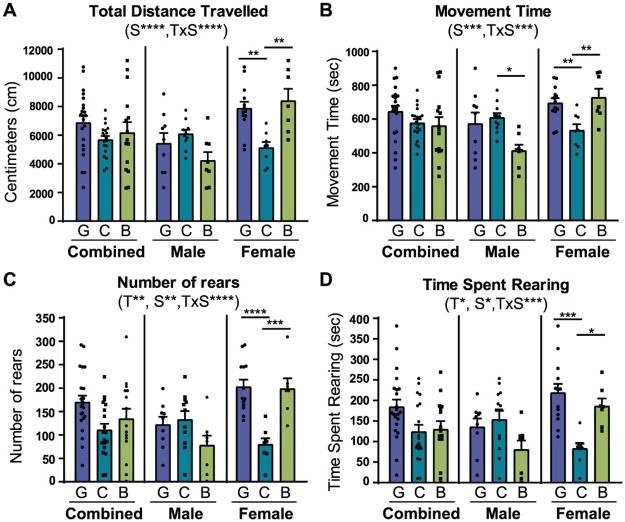Fig 4. Hyper-locomotive phenotype of female germ-free mice is only rescued by complex microbiota.
(A) Bars show mean (±SEM) cumulative distance travelled (centimeters) in the open field arena by germ-free (G), conventionalized (C), and Bifidobacterium-colonized (B) mice during the 30-minute test session. (B) Bars show mean (±SEM) cumulative time (seconds) that mice in each treatment group spent in active movement during the test session. (C) Bars represent mean rearing activity (average number of rears ±SEM) of each group of mice during the test session. (D) Bars represent average time spent rearing (seconds) during the test session. All data (A-D) are presented as means ±SEM. Significant treatment effects (T), sex effects (S), and interaction between treatment and sex (TxS) as determined by 2-way ANOVA are indicated under the title of each graph. Data are shown as sexes combined and sexes separated in the same graph for visualization purposes. Tests used to determine statistical significance notated in graphs are summarized in S1 Table. *p < 0.05, **p<0.01, ***p<0.001, ****p<0.0001. Results presented as mean ± SEM. GF = germ-free (n = 9m/13f), CONV = Conventionalized (n = 11m/8f), BIF = Bifidobacterium-colonized (n = 8m/9f).

